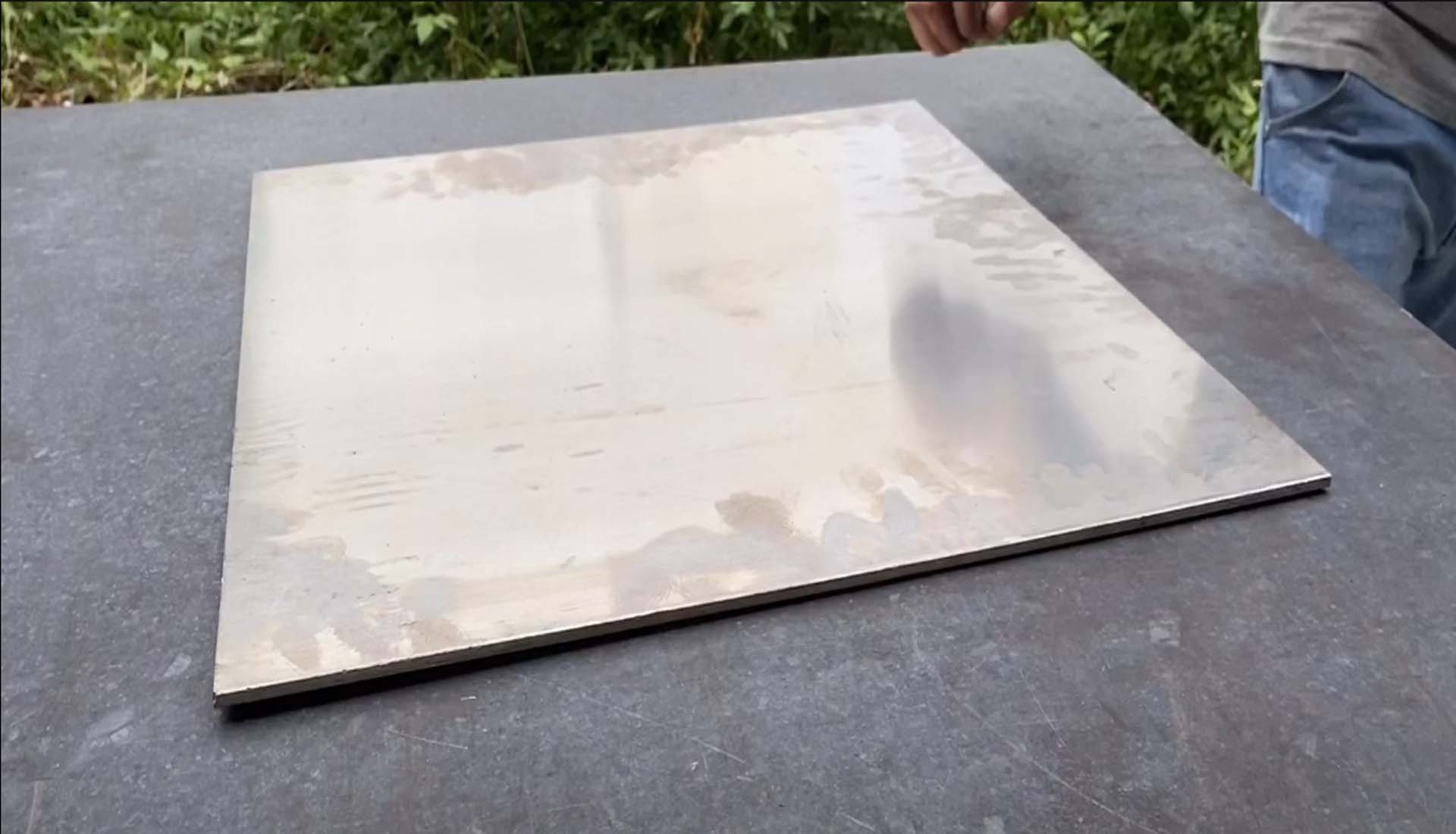The flatness of the workpiece processed by the precision leveling machine is extremely high, which can ensure stable and high-quality leveling effects. Great Value Added: Saves labor hours, minimizes scrap and rework rates! This creates the best conditions for improving the productivity and high quality of downstream processes.
Bending
Angular deviation may occur during bending, which increases the rework rate and scrap rate. Leveling first and then bending can not only ensure the flatness and aesthetics of the sheet metal, but also reduce the rework rate and scrap rate.
Laser cutting/CNC machining
Heat generated during laser cutting/CNC machining leads to deformation. During laser cutting, thermal deformation can occur due to the temperature changes of the workpiece caused by the laser during the heating process. Eliminate the negative impact of thermal deformation on the machining accuracy of the workpiece, and eliminate the situation of unqualified or even unusable processing
Welding
The preparation work for welding materials that have not been leveled is very cumbersome. If welding robots are used for operation, it will also reduce processing safety, prolong welding time, and ultimately lead to an increase in processing costs and temperature changes. The reason for the increase in temperature change is due to the release of internal stress in the material, resulting in deformation of the material. This can lead to rework and make production operations take longer. After leveling, the parts can accelerate the automatic and manual welding process, because the welding gap of the leveled material is more precise and the welding process is more efficient to maintain flatness. This reduces the required preliminary work, resulting in a more stable, aesthetically pleasing, and precise final product size.
Raw materials/new materials/surface treatment (heat treatment, sandblasting, etc.)
a. New materials can be applied to various industries after being extruded to remove internal stress;
b. Raw materials that have undergone segmentation, deformation, and leveling can be resold for ultra flat sales;
c. In addition, raw materials that have undergone surface treatment (such as heat treatment, sandblasting, etc.) generate heat and deform again during the processing;
d. Reuse of waste materials: Waste steel plates such as paving boards and building boards can be recycled at low prices from the outside, leveled, and reused,
Low cost and high efficiency.
Repeatable bending process
Flat materials provide more constant elastic recovery in curved parts. The stress generated by the rolling direction in the initial material is eliminated through leveling. This has two benefits. Firstly, less rework is required, and secondly, the bending process is repeatable and can achieve automated production. Rework has become a thing of the past!
Machining
For some workpieces with high flatness requirements such as automation industry soleplates, they can be leveled first and then ground flat, Half the effort, it can quickly improve efficiency and reduce costs. For example, grinding a flat plate for 4 hours can be completed after leveling and grinding for another half an hour.
More precise assembly (mechanical parts, electronic parts)
A straight and dimensionally stable material is a key aspect of assembly operations. After leveling, the parts can be assembled faster and more accurately. This product will also have higher quality in optics and technology.

